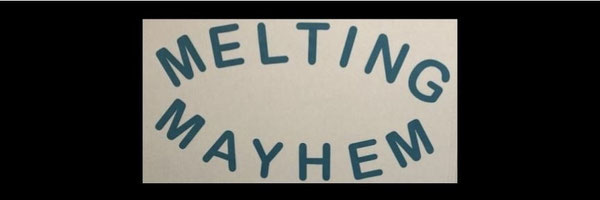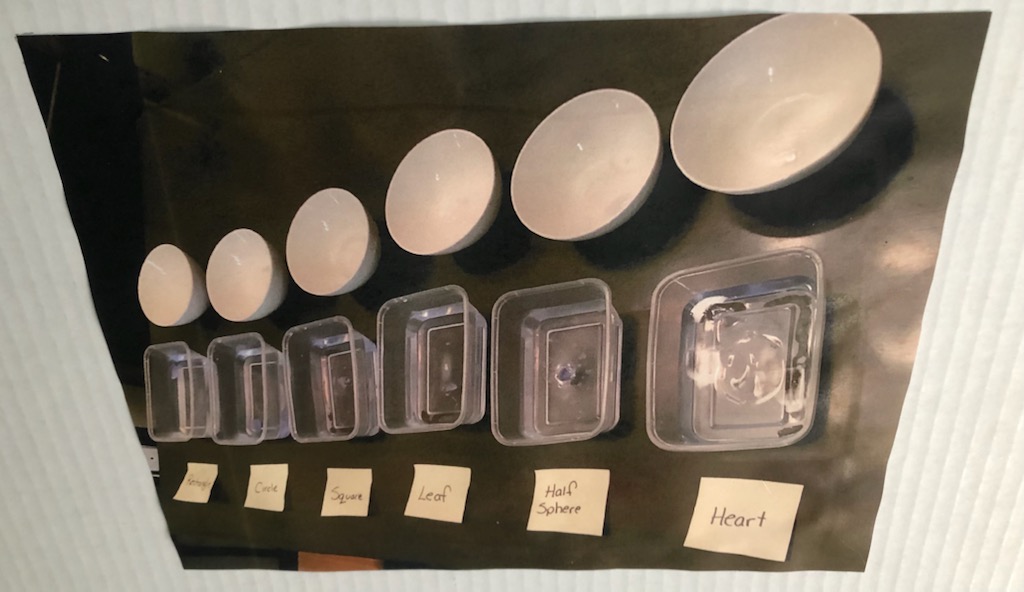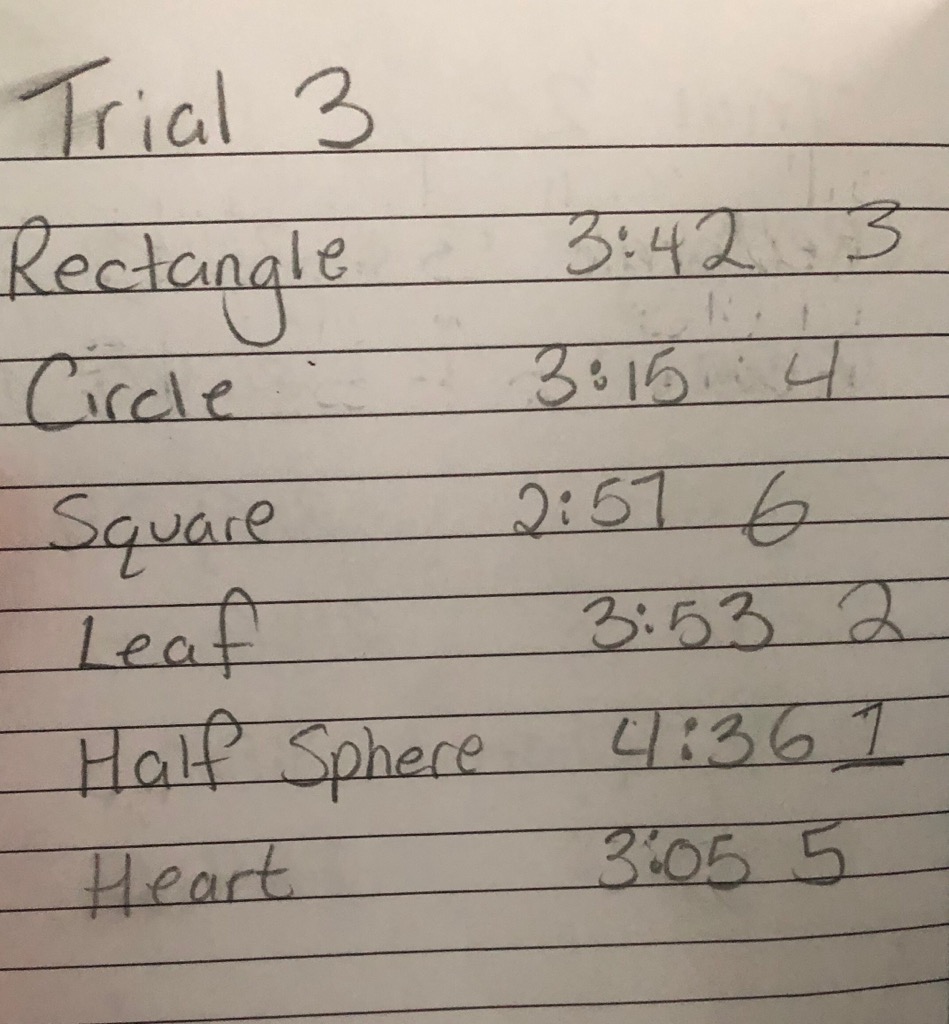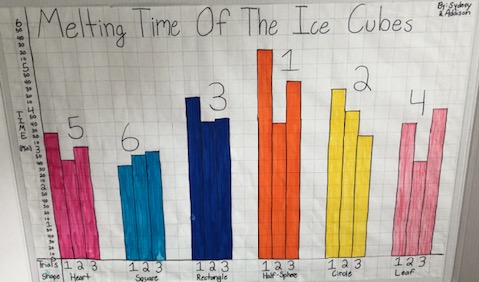Melting Mayhem: How does the shape of an ice cube affect how quickly it melts?
Grade 6
Presentation
Hypothesis
Prediction
Which one will melt the fastest?
Sydney: Square
I think the square will melt the fastest because it is super thin so it will crack in half and the water will get to it faster and will melt faster.
Addison : Heart
I think that the heart will melt the fastest because it might snap in half and two pieces of ice are easier to melt then one because the water can get to the middle faster.
Which one will melt the slowest?
Sydney and Addison: Half sphere
We think this because it will be harder to crack because it is more compact and it's not as thin. It is easier to crack a flat shape because it has more surface area than a thicker shape like the half-sphere which has less surface area.
Research
Fun Facts
- Ice forms when water gets below 32 degrees fahrenheit/0 degrees celsius
- Ice reflects 90% of the sunlight
- The world's oldest ice is at the bottom of the ice sheet on antarctica
- Who invented the ice cube you ask? John Gorrie did!
Variables
Variables
Manipulated variable:
- The shape of the ice
Responding variable:
- The melting time of the ice
Controlled variables:
- The amount of water in the ice shape
- The liquid used to melt the ice
- The temperature of the liquid
- The same size of container to hold the liquid
- The same amount of water in the container.
Procedure
Procedure
- Measure one tablespoon of water for each ice cube and add food colouring
- Put water into ice cube trays
- Put ice cube trays in the freezer and let them sit overnight
- Take the ice cube trays out of the freezer
- Take out six bowls to put the ice cubes in
- Put one cup of room temperature water in each bowl
- Put all of the ice cubes in at the same time and turn on a timer
- Watch the ice cubes melt
- Watch and write down the time it took for each ice cube to melt
Observations
Observations
This is a picture of the set up of our experiment.
We did 3 trials of our experiment. Here are the results from our 3 trials. The first number is the time it took for the ice to melt. The second number is the order in which they melted.
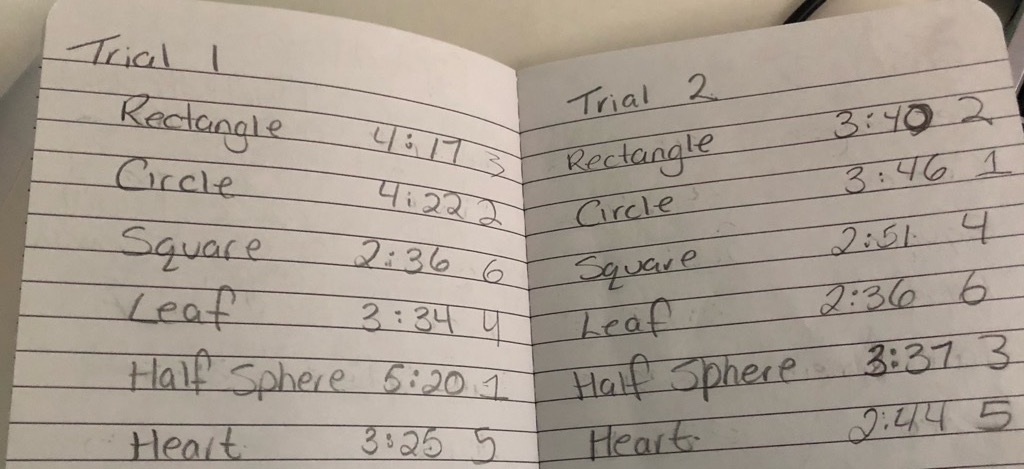
We made a graph to show the results of our experiment.
Analysis
Analysis
The square took the least amount of time to melt within a 2-3 minute range. The square was a bigger shape so with the amount of water we used it only covered the bottom of the ice tray. That made it really thin and easier to crack and melt. This means it was not as compacted as the other shapes and melted the fastest.
The half sphere took the longest to melt with a range of 3-5 minutes in room temperature water. It was thicker and more compact which made it melt slower.
Conclusion
Conclusion
In our experiment we learned that the shape of an ice cube affects how quickly it melts. Shapes that are wider and thinner will melt quicker than shapes that are compact and thicker.
Application
Why This Is Useful
The results of this experiment would be useful for restaurants, fast food places and coffee shops because they want to make sure that people's drinks stay cold and that the ice cubes don't melt too fast and water down the drinks.
Sources Of Error
Possible Sources of Error
We noticed that our results were not consistent for each trial. Possible sources of error might have been:
- The water temperature because we did not measure it when it was in the containers, we only made sure it was taken from the same container
- The ice cubes might have melted as we were transferring them into the bowls
- The heat of our hands as we put them in the bowls might have melted the ice
Citations
These websites were used for background research and to find facts about ice:
https://kids.kiddle.co/Ice_cube
https://facts.net/general/19-interesting-facts-about-ice-cubes/
Acknowledgement
We would like to say thank you to Mrs Mcgrath and Mrs Swinton for giving us feedback and answering our questions. We would also like to thank our parents for transporting our trifold, reading through our writtig to make sure it made sense, driving us to each others house to work on the trifold and supporting us through this journey.

